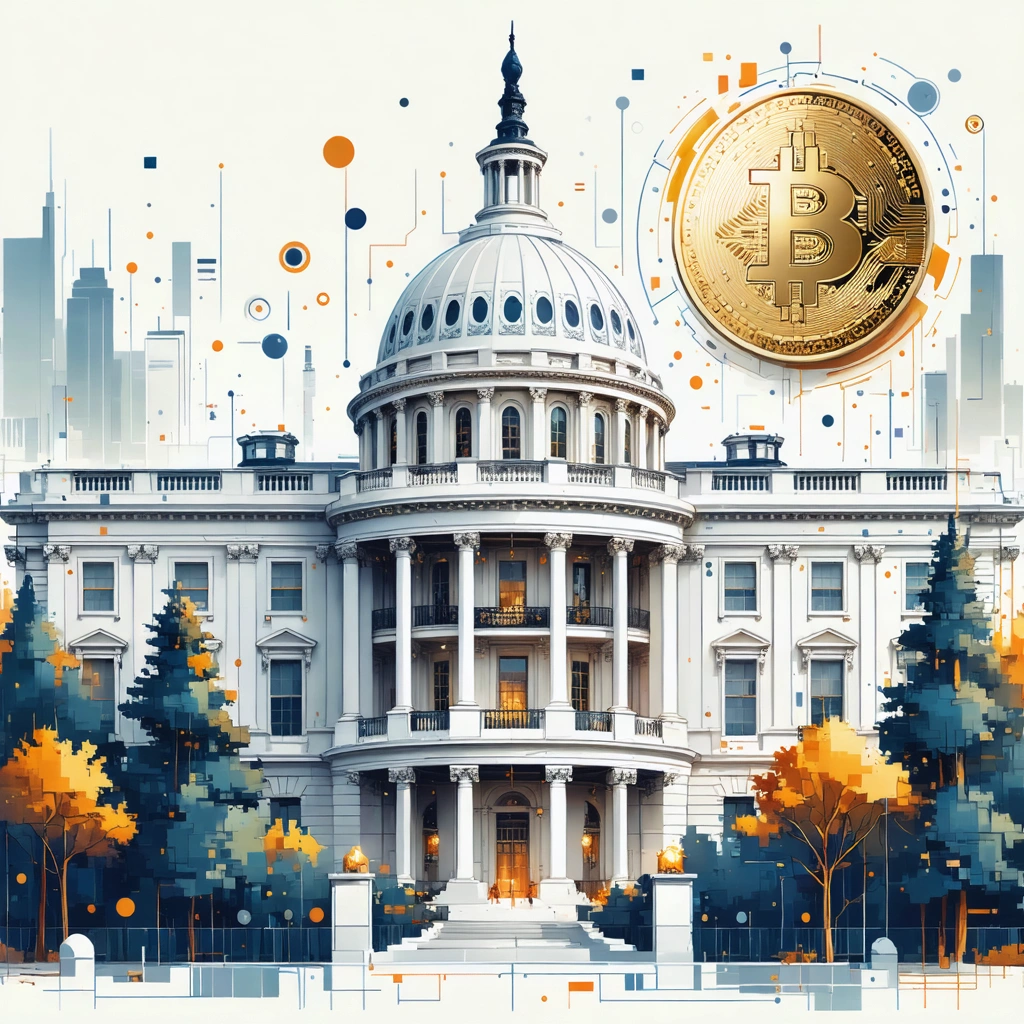
Introduction: A New Era for Digital Assets
The recent White House Crypto Summit has marked a pivotal milestone in the evolution of the nation’s approach to digital assets. With high-level attendance from key government figures and industry leaders, this summit has underscored a strategic shift in U.S. policy, distinguishing between Bitcoin and other digital assets. This article examines the implications of the initiative, the formation of the Strategic Bitcoin Reserve (SBR), and the broader ramifications on the crypto ecosystem in a business context.
The Strategic Bitcoin Reserve (SBR): A Policy Milestone
Origins and Objectives
The Strategic Bitcoin Reserve represents a significant departure from previous monetary and digital asset policies. Recently signed via an Executive Order, the SBR is designed to secure Bitcoin holdings as a long-term asset, diverging from earlier practices where Bitcoin was sold off resulting in substantial missed opportunities. This new strategy is anchored on a few core objectives:
- Preservation of Value: Retaining Bitcoin as a stable store of value for future fiscal stability.
- Budget-Neutral Acquisition: Accumulating Bitcoin without imparting any financial burden on taxpayers.
- Technological Integration: Embracing blockchain technology as part of broader government modernization efforts.
In an era marked by rapid technological change, this initiative signals an adaptive approach that recognizes the diverse functionalities of digital assets. Whereas other digital currencies might be harnessed primarily as mediums of exchange or for payment innovations, Bitcoin is being reimagined as a robust store of value—a safe haven in turbulent economic times.
Key Attendees and Government Signals
The summit saw participation from several prominent figures both within the government and the crypto industry. Noteworthy participants included Treasury Secretary Scott Bessent, Commerce Secretary Howard Lutnick, and influential industry leaders like Coinbase CEO Brian Armstrong and Strategy Executive Chairman Michael Saylor. Their attendance emphasized the alignment between government policy and market innovation, reinforcing the belief that embracing technology is essential for future economic resiliency.
Bitcoin versus Digital Assets: Clarifying the Distinctions
Bitcoin as a Store of Value
The administration’s strategy clearly demarcates Bitcoin from other digital assets. By emphasizing Bitcoin’s role as a store of value rather than a transactional currency, policymakers are reinforcing an enduring maxim within the cryptocurrency community: “never sell your Bitcoin.” President Trump’s reference to this maxim during the summit signals not only an endorsement of Bitcoin’s unique status but also a strategic shift the U.S. government is willing to take. In the context of market volatility, Bitcoin’s preservation as a strategic asset is viewed as an essential step toward safeguarding national interests.
Stablecoins and Digital Money
While Bitcoin is being positioned as the reserve asset, stablecoins are highlighted as the complementary digital currency aimed at preserving monetary stability. According to Treasury Secretary Scott Bessent, efforts are underway to fully integrate stablecoins into the U.S. financial system to ensure that the U.S. dollar maintains its dominant position as the global reserve currency. This dual strategy—using Bitcoin as a long-term value store and stablecoins as the immediate medium of exchange—demonstrates the complexity of modern digital asset management and reflects a nuanced, hybrid approach to monetary policy.
Business Implications and Future Outlook
Opportunities for Investors and Fintech Innovators
The summit’s announcements have created a unique window of opportunity for investors and fintech companies. By taking a distinctly measured approach to accumulating and preserving Bitcoin, the government signals potential stability and confidence to the market. Here are some key business implications:
- Investor Confidence: An official reserve backed by Bitcoin can drive investor confidence, encouraging more capital inflow into digital assets.
- Market Maturity: The strategic policy may spur market maturity, prompting a more regulated and stable environment.
- Technological Advancements: With government endorsement, further research and development in blockchain technology is likely, encouraging a wave of innovation within the financial technology sector.
Policy Challenges and Considerations
Despite the optimism, several challenges remain. The strategic management of digital assets necessitates robust cybersecurity measures, transparent auditing protocols, and contingency plans for potential market fluctuations. Notably, questions regarding the secure storage of Bitcoin private keys and the specific audit procedures for government-held digital assets are still under deliberation. Addressing these challenges through comprehensive risk management frameworks will be crucial for long-term success.
Industry Collaboration and Regulatory Environment
The summit demonstrated the importance of collaboration between the public and private sectors. A unified approach, integrating expertise from government, industry veterans, and venture capitalists, is vital. A table below summarizes the multi-stakeholder involvement in the new strategic approach:
| Stakeholder | Role | Key Contribution |
|---|---|---|
| Government Officials | Policy Formulation | Establishing legal and regulatory frameworks |
| Industry Leaders | Market Guidance | Technical expertise and innovation |
| Regulatory Bodies | Oversight | Ensuring compliance and security measures |
| Financial Institutions | Investment | Long-term capital provision and market stability |
The balance between innovation and regulation is already shaping a new paradigm in which digital assets are integrated into the national economic strategy. This holistic approach not only seeks to harness the benefits of blockchain technology but also aims to mitigate inherent risks through consistent oversight and proactive regulatory measures.
Conclusion: Charting the Course for the Crypto Future
The insights shared at the White House Crypto Summit suggest that U.S. leaders are set on a deliberate course: positioning Bitcoin as an invaluable store of value while leveraging stablecoins to reinforce the U.S. currency system. By establishing the Strategic Bitcoin Reserve without imposing additional costs on taxpayers, the current administration is setting a proactive example of fiscal innovation and technological adaptation. With collaboration among various stakeholders, the future of digital assets in America appears robust and promising.
As business leaders and investors, observing these shifts is critical. The decisions made today will not only govern the next phase of digital currency evolution but also define a balanced and sustainable vision for integrating novel technologies with traditional economic frameworks. In this rapidly evolving digital age, staying informed and adaptive is the key to capitalizing on opportunities and navigating emerging challenges.





